- News
- Reviews
- Bikes
- Accessories
- Accessories - misc
- Computer mounts
- Bags
- Bar ends
- Bike bags & cases
- Bottle cages
- Bottles
- Cameras
- Car racks
- Child seats
- Computers
- Glasses
- GPS units
- Helmets
- Lights - front
- Lights - rear
- Lights - sets
- Locks
- Mirrors
- Mudguards
- Racks
- Pumps & CO2 inflators
- Puncture kits
- Reflectives
- Smart watches
- Stands and racks
- Trailers
- Clothing
- Components
- Bar tape & grips
- Bottom brackets
- Brake & gear cables
- Brake & STI levers
- Brake pads & spares
- Brakes
- Cassettes & freewheels
- Chains
- Chainsets & chainrings
- Derailleurs - front
- Derailleurs - rear
- Forks
- Gear levers & shifters
- Groupsets
- Handlebars & extensions
- Headsets
- Hubs
- Inner tubes
- Pedals
- Quick releases & skewers
- Saddles
- Seatposts
- Stems
- Wheels
- Tyres
- Health, fitness and nutrition
- Tools and workshop
- Miscellaneous
- Buyers Guides
- Features
- Forum
- Recommends
- Podcast
 time trial - Wilier Twin Foil riding 3
time trial - Wilier Twin Foil riding 3How to get into time trialling: simple tips for racing the clock
Time trialling is the purest and simplest form of bike racing. Riders set off at minute intervals, are separately timed over a set distance and the fastest is the winner; that’s why it’s also known as the race of truth.
22 of the best and fastest 2020 aero road bikes
Why riders like you need to go aero
There’s no sheltering behind teammates, watching your opponents and then making your race-winning attack. It’s just you, out there on your own with the seconds ticking by. You’ve got absolutely no idea how your opponents are doing, so all you can do is go to your redline and stay so close to that when you finally pass the chequered board you’re completely spent.
The great thing about time trialling is that unlike road racing, you don’t ‘have’ to have opponents if you don’t want any; you can race yourself, which is what the majority are doing in any given time trial anyway. No matter how slow you are as a novice ‘tester’, you’re not going to get dropped. You can finish, get a time – which will be a PB – and then when you ride that same course next, you’ll have a target. If you beat it, you’ve got a new PB. Enjoy it, because the more time trialling you do, the harder it is to get them!
So despite its reputation within cycling for being a bit specialist, niche and nerdy, time trialling is in reality much more accessible and inclusive than road racing, especially if you’re coming to cycling from other sports such as running, swimming or rowing, where the best performance matters rather than the most cunning tactics.
It goes without saying that to be a good time triallist you need not only a high lactate threshold but also a high pain tolerance, the ability to focus and a willingness to suffer.
How it all started
Britain is the historical and spiritual home of time trialling. It all started when bunched racing on UK roads was banned after an accident with a horse in 1894. Cycling clubs instead devised events whereby riders set off at fixed intervals wearing plain clothing – black tights and alpaca jackets – with no race numbers (they shouted out their number as they passed the finish timekeeper – something that some modern time triallists still do) so that if police stopped them there would no evidence that they were racing. After all, how can you be racing if you’re riding on your own?
When mass-start road racing finally returned in 1959, time trialling was so entrenched in our cycling culture – the emergency stopgap had become the sport, as Les Woodland put it in This Island Race – that it simply carried on, run by the governing body that is now called Cycling Time Trials (CTT).
Although time trialling is now where the all the cutting-edge aerodynamic developments take place – in professional cycling it’s not feasible to win a Grand Tour unless you have a strong time trialling game – in the UK it is still underpinned by its 19th-century origins, and this creates a fascinating juxtaposition. Where else would you find a row of gleaming, space-age carbon-fibre speed machines leaned up against the pitted redbrick wall of a Victorian village hall? Time trialling is a place where tradition and technology meet in a truly unique way.
What events to ride
Time trialling has traditionally been based on the ‘fixed’ distances – 10, 25, 50, 100, 12 hours and 24 hours – but, particularly at the beginning and end of the season, there are also ‘sporting’ events on hilly B-road circuits or lanes rather than the out-and-back A-road courses and dual carriageways of the fixed distances.
The Cycling Time Trials website is where you go to browse all the open events in Britain, decipher the course codes (a hangover from the secret society days) and enter online whichever one(s) you pick out. Compared to road racing and sportives time trialling is cheap, usually £12 tops. You have to enter in advance – usually 10 days before – and there’s no entry on the day.
There’s still also a handbook printed each year. Since time trialling began, the arrival of the handbook through the post in mid-January marked the real beginning of the new season. Seeing the events there in black and white gave your training a new urgency!
The minimum age for time trial competitors is 12. Under-18's have to get their parents’ authorisation to compete. Other than that, if you can ride a 10 mile TT (usually the shortest distance for a time trial) you can enter. You don’t have to have a racing licence, but you do need to be a member of a CTT-affiliated club. Most UK cycling clubs are CTT affiliated, but it’s worth checking before you join up.
Club time trials
Many cycling clubs also run their own smaller, low key local time trials; these are ‘club’ time trials as opposed to the ‘open’ time trials on the CTT website, and they are much more informal and basic. There’s no village hall for the HQ (since they’re local, most people ride out) and you enter on the day rather than in advance. They’re also cheaper at between £3 and £5.
You don’t have to be a member of the organising club to ride one of their club time trials (you can ride as a ‘private’); but, as with opens, you do need to be a member of a CTT-affiliated club for insurance purposes. It’s also a good idea to get in touch with the club beforehand to let them know you plan to ride, because most club timekeepers like to prepare a provisional start sheet in advance.
Sometimes finding out about club time trials can take a bit of detective work because they’re not listed on the CTT website, meaning you’ve got to investigate the individual clubs – but if you don’t want to put too much pressure on yourself at first, it’s worth it. Club time trials are relaxed, friendly and the standard is usually lower than in opens. That’s unless you ride one of Maldon and District CC’s club 10s, where Alex Dowsett is a regular whenever he’s home from the WorldTour.
Bikes and equipment
UK time trialling is, and always has been, an arms race but also a phoney war. Every since anyone can remember, time triallists have complained about other time triallists’ bikes that cost a lot more than theirs and therefore give their rivals an unfair advantage. However, spending £10,000+ on a bike like Rohan Dennis' snazzy (and very very expensive) Pinarello Bolide might save a few watts and will definitely intimate your rivals, but if you’re not producing much power in the first place you’d go faster if you trained harder... and who, apart from WorldTour pros, can honestly say they’ve reached their potential?
Your position on the bike is much more important than the bike itself. Dedicated time trial bikes have tri bars/extensions that move your arms closer together and out in front of you. If you don’t have a time trial bike you can very easily and relatively cheaply buy a set of clip-on tri bars and fit them to your road bike. With a bit of fettling you can achieve a very similar position. Try to get your frontal area as small as possible by keeping your elbows together, shrugging your shoulders and keeping your head low (without compromising your ability to see up the road). Get plenty of practice riding in your time trial position... it’s only fast if you can hold it!
Your position on the bike is much more important than the bike itself. Dedicated time trial bikes have tri bars/extensions that move your arms closer together and out in front of you. If you don’t have a time trial bike you can very easily and relatively cheaply buy a set of clip-on tri bars and fit them to your road bike. With a bit of fettling you can achieve a very similar position. Try to get your frontal area as small as possible by keeping your elbows together, shrugging your shoulders and keeping your head low (without compromising your ability to see up the road). Get plenty of practice riding in your time trial position... it’s only fast if you can hold it!
After your position, your clothing is the next most important thing to think about. Baggy clothing slows you down. Tight clothing helps the air move smoothly over your body and leave it smoothly. A lot of R&D has gone into wind tunnel-tested skinsuits in the last few years. Even a top one from a specialist company like NoPinz or Endura's much-lauded D2Z Encapsulator suit will be many times cheaper than that Rohan Dennis replica bike and will probably save more watts too.
How to get more aero without spending a fortune
Helmets are not compulsory in time trialling but an aerodynamic TT lid with a visor will streamline your head and fill in the not-very-aerodynamic gap between head and shoulders as well as protecting your head and eyes. Stubbier helmets are now common, the idea being that they are more versatile in a range of positions than the long-tailed type that can actually slow you down if you move your head out of the optimal position for the helmet.
If the TT bug really bites, buy the fancy bike and wheels then go and aero-test your position, skinsuit and all your equipment for yourself and trial even more with a company like AeroCoach; or by booking a session at the Boardman Performance Centre.
CTT equipment regulations are fairly relaxed and are mostly there for safety’s sake, but new for 2020 is a rule that says all competitors must have a working rear light for both club and open events, and this is being enforced.
17 of the best cycling rear lights
Race Day
As with any type of cycling, the key to keeping time trial race day as stress free as possible is to be super organised. Many time trials start very early in the morning, so it’s essential to have your kit ready the night before. Do make a list. Who hasn’t almost left their cycling shoes behind? Things like heart rate monitor straps and computer head units are also very easily forgotten.
The organiser will have emailed the start sheet a few days earlier and it’s crucial to have a proper look at it, not just to find out when your start time is. Even if you’ve done the event before and think you know the course, it’s always possible that a different HQ is being used, parking instructions have changed or even the course itself has been modified.
On the subject of the course, you should have done a recon at some point before race day. There will be marshals at roundabouts and turns, but the onus is always on the rider to know the course. Driving it is better than nothing, but actually riding it will help you get a feel for it – where the drags or hills are, whether you need to brake for a certain corner or turn, what the road surface is like – and this intel will make you feel more confident on the day.
Arrive at the HQ an hour before your start time. That gives you plenty of time to pick up your number, visit the loo (disconcertingly, there’s often a queue!), get into your skinsuit, pump up your tyres, check your bike over and pin on the number of a random stranger who points his bum at you and says cheerily: “Would you mind?” (It’s best to learn how to pin on your own number or get a skinsuit with a number pocket). With that done, you’re ready for your warm-up...
A turbo is great for the warm-up: you can do the session you need without worrying about traffic, puncturing or getting lost. But again it’s worth checking the start sheet in case warming up on turbos in the village hall car park is not allowed due to the potential for the noise at an unearthly hour to disturb local residents.
Get to the start with about five minutes to go and take your place in the line. Visualise the effort ahead. If you’re doing it right, it will hurt. Get used to the idea. If you wonder why you’re putting yourself through it, as everyone does, remind yourself that you love cycling, you’ve trained for this, you’ve made sacrifices, you’ve organised your life around it, you’re good at it! Everyone has to have a word with themselves in moments of weakness and if you become a regular time triallist you will find yourself having to regularly overpower your lazy alter ego who would rather stay in bed. Greet the timekeeper, let the pusher-off balance you, “5, 4, 3, 2, 1, have a good ride” and you’re off!
Pacing
Everyone has to work out their own pacing strategy, and it comes with practice. However, the one piece of advice that goes for riders of all levels is to make sure you consciously back off in the first four minutes. If you have a power meter (and the discipline to obey it) this is straightforward. If you don’t, you can go anaerobic and into the red immediately. Your cardiovascular system will struggle to catch up and you could find yourself trying to recover rather than working up to a nice even power output.
Post race
Swap your number for a cup of tea and a big slab of cake and crowd around the results board with everyone else waiting for the times to be written up. If it’s good news, reward yourself with another piece of cake... If it’s bad news, cheer yourself up with another piece of cake! Either way, it’s been an epic adventure, you’ve learnt important lessons and you’ll already be looking forward to next time...
Latest Comments
- OldRidgeback 2 min 16 sec ago
Hmm, some useful advice for carrying pets on bikes. But my whippet would never, ever want to go on my bike. We did try a few times, but no....
- perce 4 min 28 sec ago
Agreed on all counts. And it's the tacit assumption that as it's only a cycle lane it doesn't really matter anyway.
- OldRidgeback 5 min 20 sec ago
I used to go that way to work. It's nasty and congested. I doubt any changes will make the congestion worse.
- Benthic 31 min 42 sec ago
“horrendous” congestion, and journey times of 45 minutes for a two-mile stretch of road – “all for one or two cyclists”...
- Jamie Williams 33 min 22 sec ago
Both bikes are both 1x
- ribena 40 min 8 sec ago
I think you need to put some drop bars and slick tyres on a full-suspension MTB
- David9694 1 hour 10 min ago
Cambridgeshire villagers say parking problem is 'ridiculous' as buses squeeze past cars...
- mallardz 1 hour 36 min ago
But who's going to lend them their Pinarello?!
- chrisonabike 2 hours 20 min ago
Maybe Simoninspalding can reassure them - being in a Holland is OK....
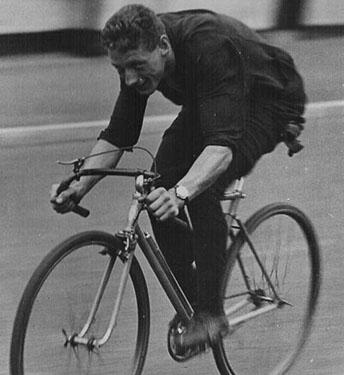
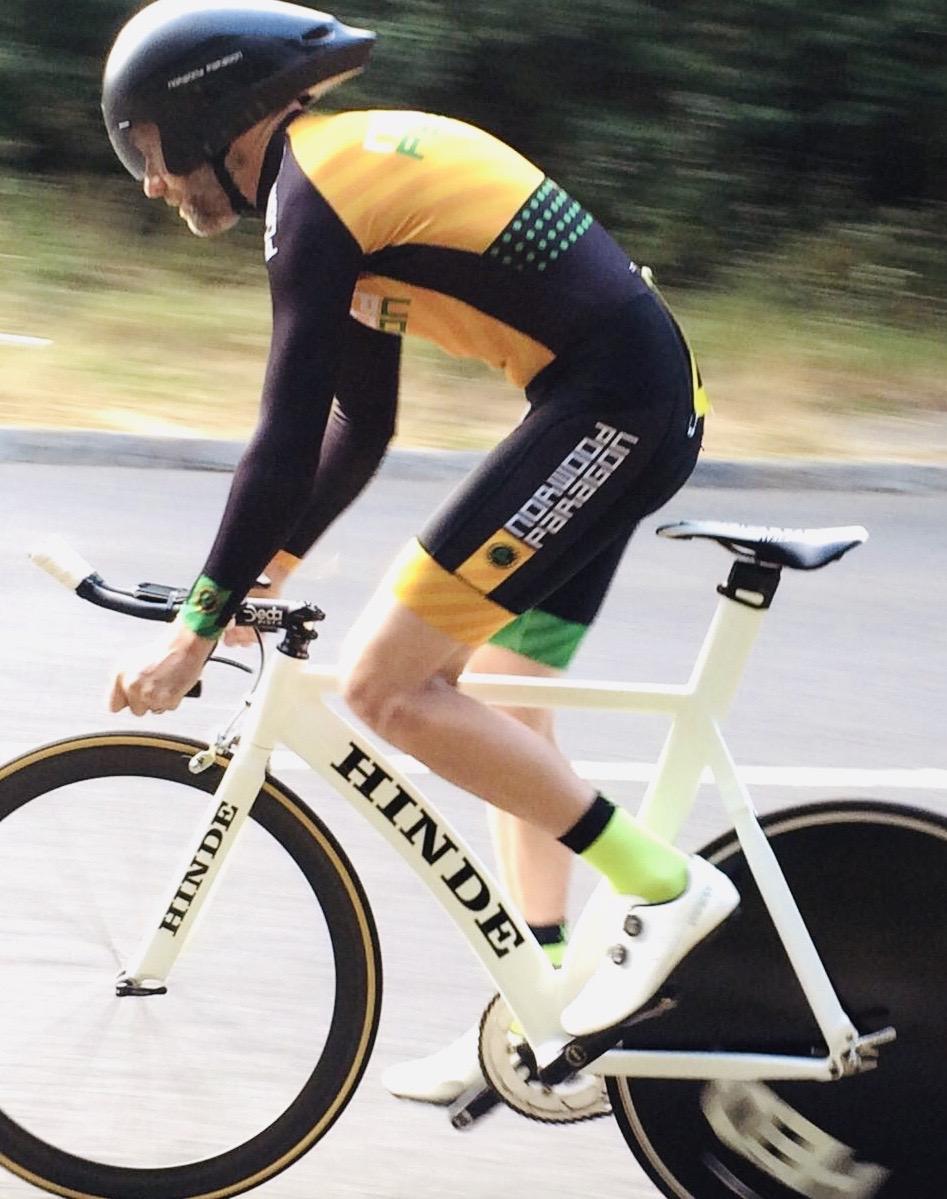
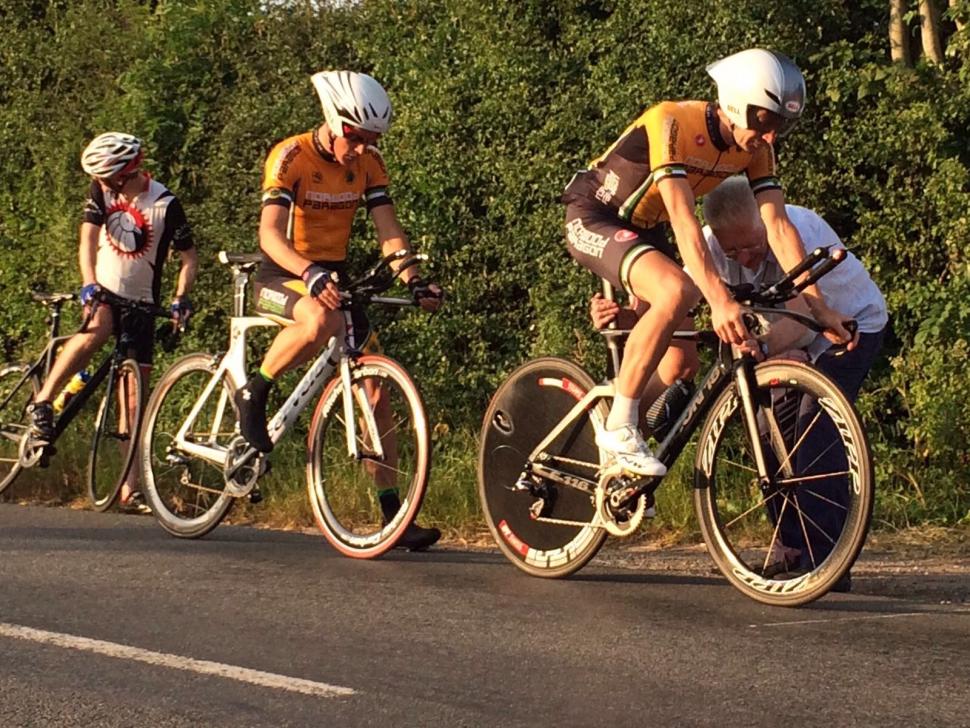


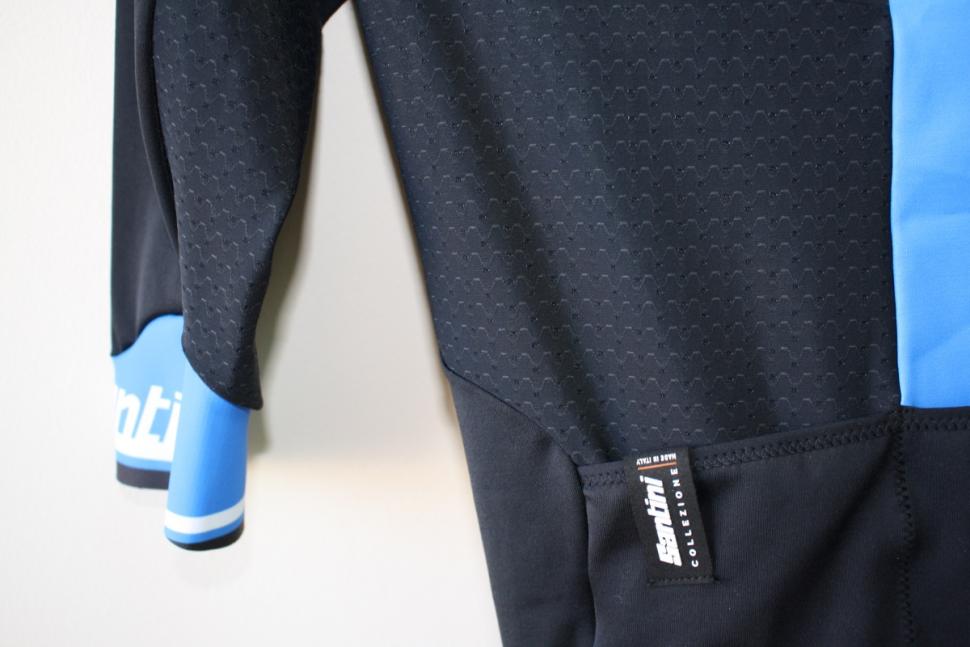



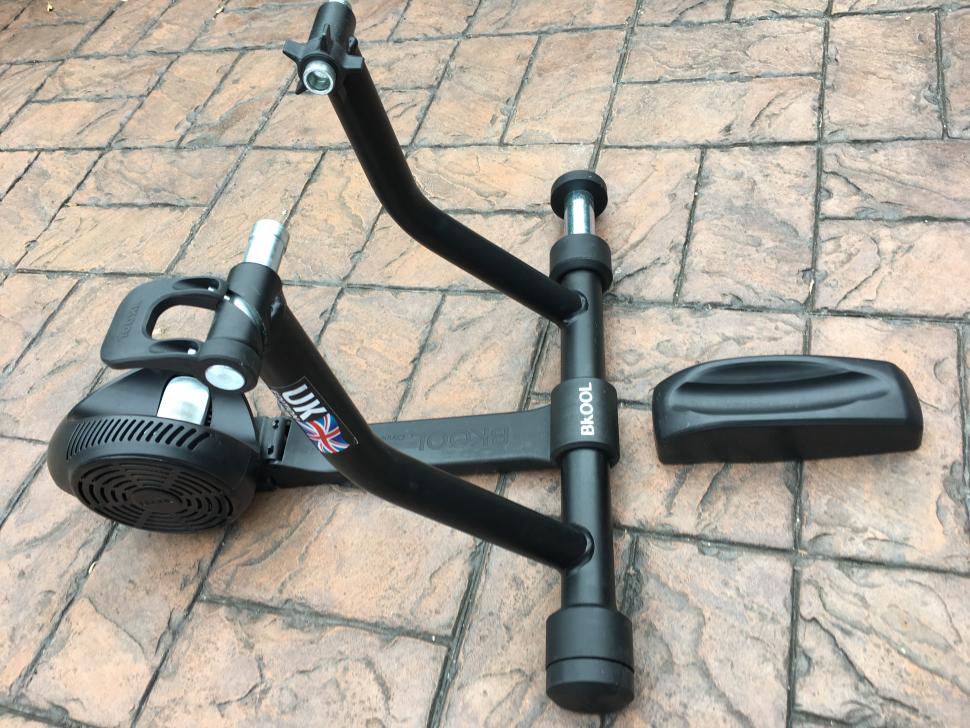
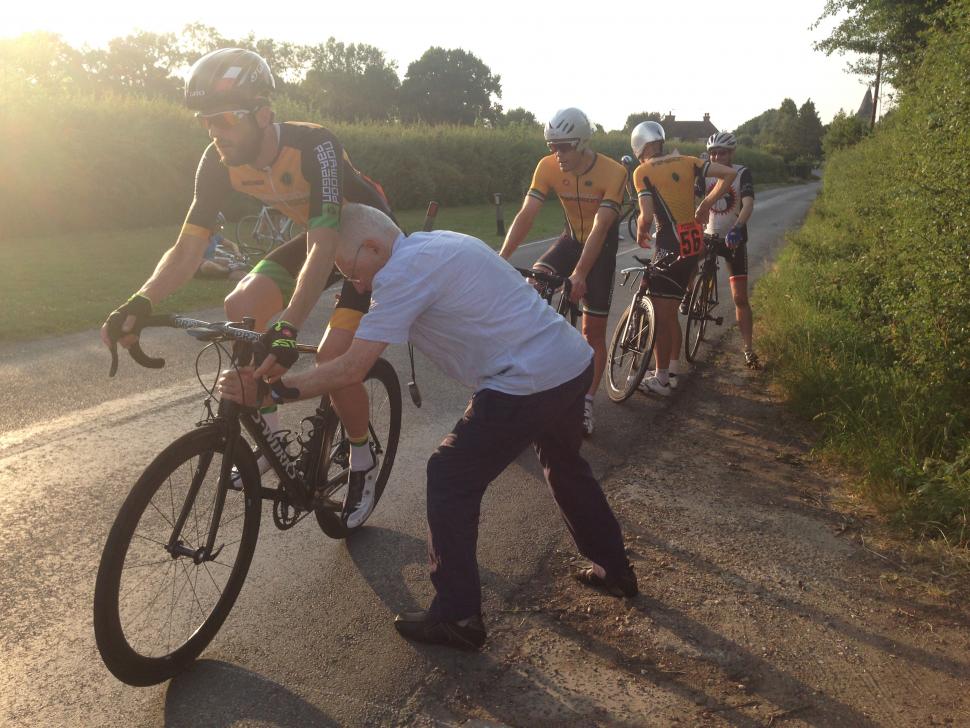

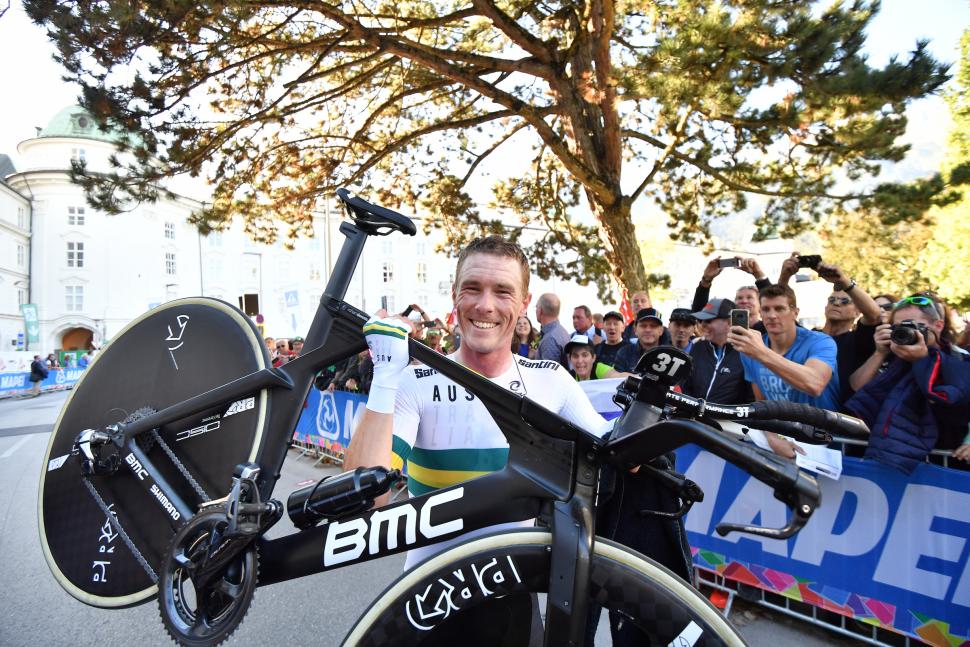
Add new comment
3 comments
From a statement sent out today by CTT:
So there will be no CTT time trial events in the UK until June at the soonest.
Similarly, this came from British Cycling at 16:30 today:
And a great time to start time trial training. As of today, those of us living in France are only allowed to cycle alone. Oh, and we aren't allowed to talk to anybody while we are out on a ride (yes seriously), so all those encouraging cries of "allez, allez" from those coming down the col you are cycling up, are at an end. Those of you in the UK may have noticed that Boris is staying a week behind the rest of Europe in terms of Corona measures, so get ready!
Good to hear you are allowed out on bikes at least en France... I did not think folks were allowed out, at all, except with permission papers.
Agreed though, TT is an ideal thing to work on solo. Most of our local TT routes are set up on Strava, so you can see your time, even if it doesn't 'count'.
I also found that the steady state effort training converted well to other useful skills such as long climbs.